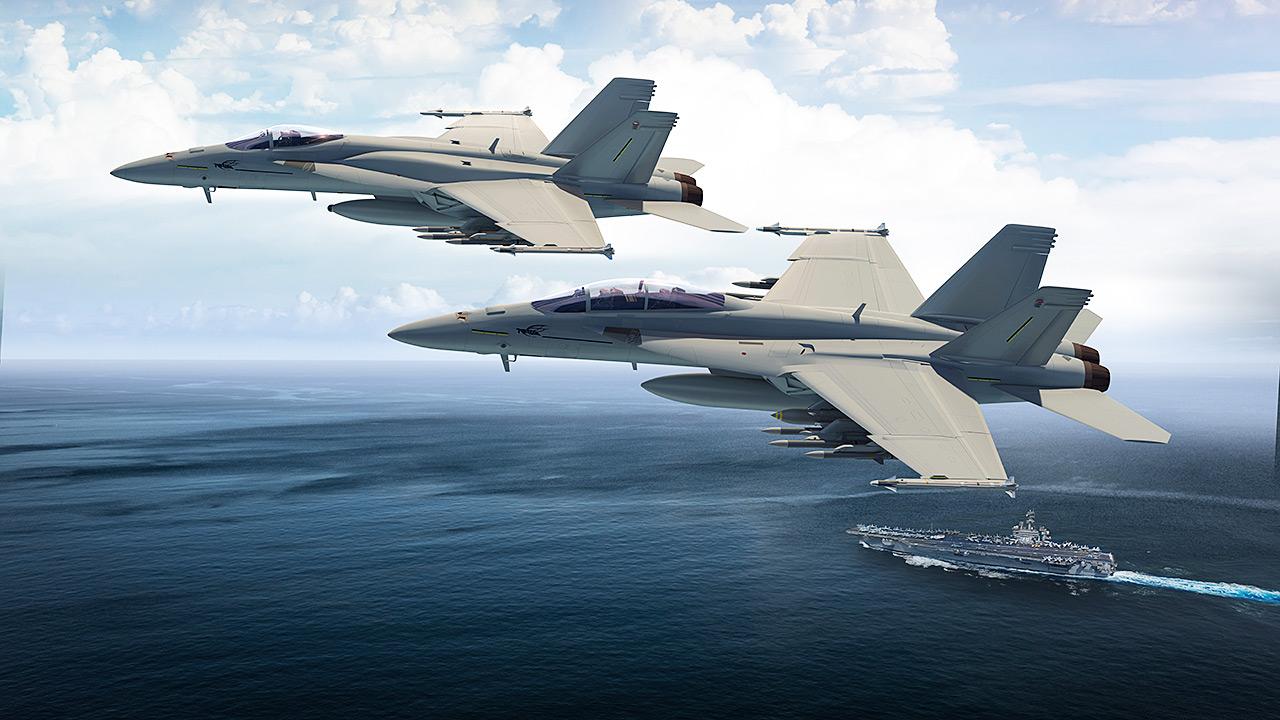The US Navy has successfully conducted the second live-fire test of the AGM-88G Advanced Anti-Radiation Guided Missile – Extended Range (AARGM-ER).
Threatening The US, ‘Shaking The World’ – How Is ‘Bankrupt’ North Korea Funding Its Hypersonic Missile Program?
The Northrop Grumman missile was launched from the F/A-18 Super Hornet aircraft of the US Navy at the Point Mugu range off the coast of southern California on January 21.
It successfully detected and destroyed a transmitting radar on the San Nicolas Island range that was simulating an enemy air defense system, Northrop Grumman, announced on February 7.
“This second flight test verified AARGM-ER’s ability to detect, identify, locate and engage a land-based air defense radar system from an extended range,” said Captain A.C. Dutko, USN program manager for direct and time-sensitive strikes.
The first test was conducted on July 19, 2021, at the same test range. Northrop Grumman also received approval in September 2021 to commence low-rate initial production (LRIP) of the AGM-88G.
The USN successfully completed the first live fire of the AGM-88G Advanced Anti-Radiation Guided Missile Extended Range (#AARGMER) from a F/A-18 Super Hornet on July 19 2021. The missile successfully demonstrated the long range capability of the new design. Via: Northrop Grumman pic.twitter.com/tVm0LqqmiC
— Air Power (@MIL_STD) August 2, 2021
Northrop is currently contracted to provide AARGM-ER missiles for initial operational capability fielding in 2023. In December, the company was awarded a $45.6 million contract for the production of the second batch of missiles.
AARGM-ER
AARGM-ER is based on AARGM, which is now being produced at full capacity and in service. While maintaining many of the original components, the latest variant adds a new warhead for greater damage and a new rocket motor for enhanced range. The previous one had four fins around its mid-body, but the extended range model had a strake running the length of it to boost lift.

Many of AARGM-ER’s capabilities, like its range, are kept under wraps. Since anti-radiation missiles are useful in the early stages of an air battle, their performance is usually classified. The AGM-88G is designed to disrupt adversary radar, jammers, and radio transmitters during an initial phase of war called the suppression of enemy air defenses or SEAD. The missile is designed to blind an opponent and disable their capacity to communicate.
The missile will be integrated into the electronic warfare versions of the Super Hornet, the F/A-18E/F and EA-18G Growler. Moreover, the Navy, US Marine Corps, and US Air Force will all be able to carry AARGM-ERs on all three types of Lockheed Martin’s F-35 stealth fighters. The missile now has a range of 200 kilometers owing to upgrades.
India Testing Super Hornets For Its Carriers
The latest test by US Navy might also prove crucial for the Indian Navy which is evaluating the F/A-18 Super Hornet for its indigenous aircraft carrier, INS Vikrant.
As India prepares to induct the IAC-1 Vikrant in August, its search for a sophisticated fighter has gathered pace in recent months. Following the successful testing of Rafale Marine, now the Navy is expected to conduct ski-jump trials for the Boeing F/A-18 Super Hornets in March.
For India’s carrier-borne aircraft tender, Boeing’s Block III model of the Super Hornet is competing against Rafale Marine. The Navy currently operates the Russian MiG-29K, which will be replaced by a new aircraft.

US aerospace giant Boeing has pitched the Super Hornet as a powerful, advanced, and inexpensive aircraft in its proposal.
The F/A-18 Super Hornet Block III, according to Boeing India, can give the Navy a distinct capability in the form of an advanced, combat-proven, multi-role naval fighter that is completely compatible with Indian Navy carriers. The agreement would also improve the two countries’ developing marine and defense partnership, the company said.
The carrier-based F/A-18E/F Block III Super Hornet is optimized for high-load, high-stress operations. While retaining excellent mission readiness, it requires minimal support equipment and has a very low cost per flying hour. The US Navy obtained the Block III variant in September last year.
The Indian Navy will conduct extensive tests to determine which fighter plane would be a good match for INS Vikrant.
- Contact the author at ashishmichel@gmail.com
- Follow EurAsian Times on Google News




